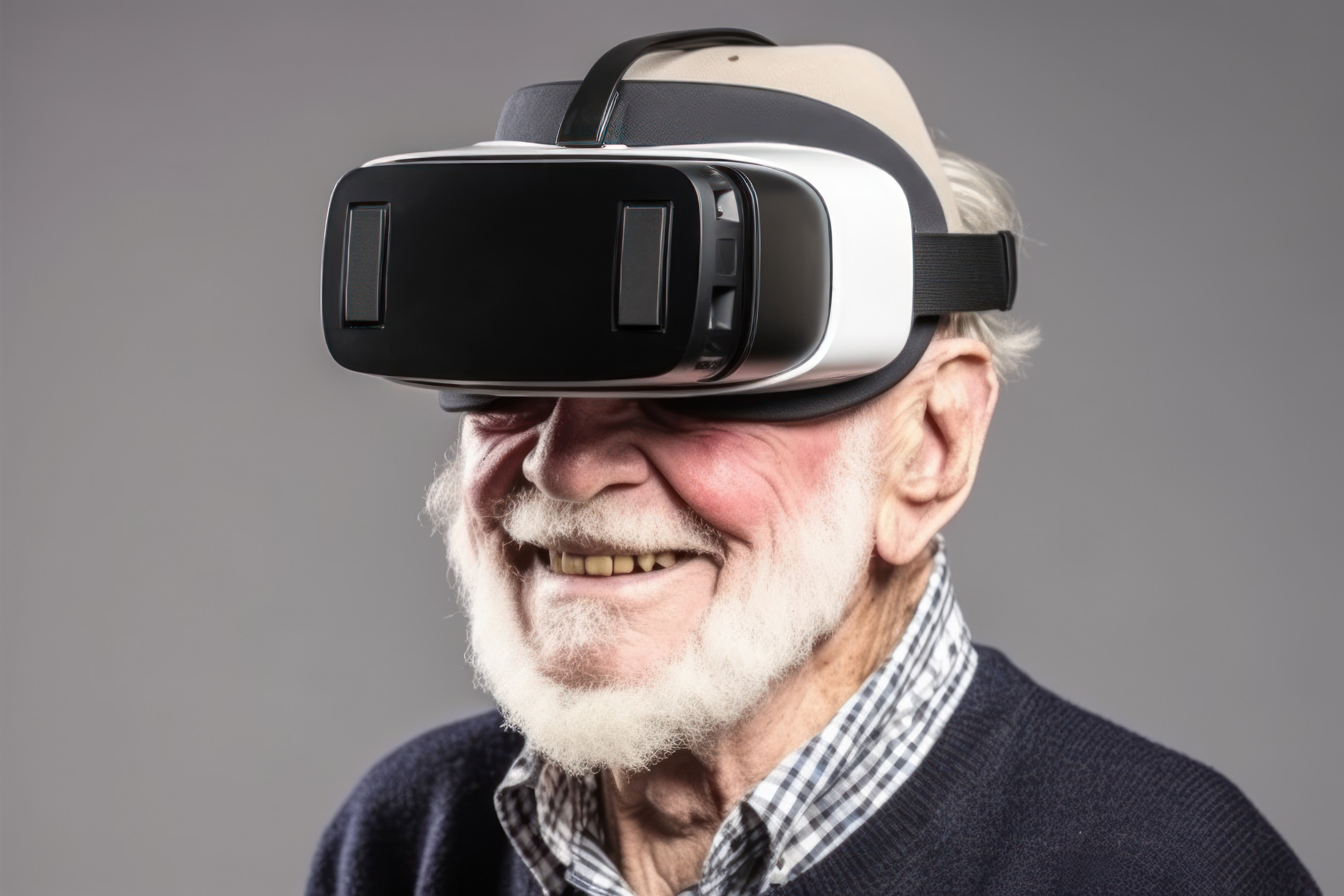
For many people, the idea of virtual reality still conjures images of video games and tech-savvy teenagers. But a growing number of older adults are discovering that virtual reality is bringing new connections to seniors in their 60s in ways that are meaningful, exciting, and life-changing. From shared experiences with friends across the globe to group classes and immersive social gatherings, VR is redefining how seniors can interact, learn, and bond. Far from being an isolating technology, it is becoming a powerful tool for building relationships and combating loneliness. Here’s how it’s making a difference.
1. Creating Shared Experiences Across Distances
One of the most remarkable ways virtual reality is bringing new connections to seniors in their 60s is by allowing them to share experiences with friends and family, no matter where they live. Whether it’s exploring a museum together, walking through a famous city, or even enjoying a virtual concert, these activities can be done side-by-side in a digital space. The ability to interact in real-time adds a sense of presence that video calls can’t match. Seniors can reconnect with distant loved ones while engaging in activities that spark conversation and laughter. This shared experience helps strengthen bonds even when miles apart.
2. Building New Friendships in Virtual Communities
For seniors seeking new social circles, VR offers a gateway to meeting like-minded people in safe and welcoming environments. Virtual reality is bringing new connections to seniors in their 60s by hosting group meetups, hobby clubs, and support groups entirely online. These communities often span the globe, offering exposure to different cultures and perspectives. Participants can engage in games, storytelling, or group discussions in spaces designed to encourage interaction. For those who may be hesitant to meet new people in person, VR provides a comfortable way to ease into new friendships.
3. Encouraging Lifelong Learning Together
Education is another arena where virtual reality is bringing new connections to seniors in their 60s. Many platforms offer virtual classrooms where seniors can take art classes, learn languages, or even explore historical reenactments with others. Learning alongside peers fosters a sense of camaraderie and shared accomplishment. VR’s immersive nature makes the lessons engaging, while the group format keeps participants socially connected. It’s an enriching blend of intellectual growth and meaningful interaction.
4. Recreating Group Activities Seniors Already Love
Some of the most popular uses of VR among older adult’s mirror activities they’ve always enjoyed in person. Book clubs, fitness classes, and meditation sessions can all be recreated in a virtual setting. Virtual reality is bringing new connections to seniors in their 60s by allowing them to continue these traditions even if mobility, transportation, or health concerns make in-person attendance difficult. The familiarity of these group activities makes it easier for seniors to embrace the technology. It also provides a sense of continuity in their social lives.
5. Supporting Emotional Well-Being Through Social Engagement
Loneliness and isolation can have serious effects on mental health, especially as people age. Virtual reality is bringing new connections to seniors in their 60s by offering regular opportunities for social engagement. This can reduce feelings of isolation and help maintain a positive outlook. VR environments often feel more personal and interactive than traditional phone calls or text messages, which can make participants feel truly seen and heard. As a result, many seniors report feeling more connected and supported after joining VR communities.
6. Offering Opportunities for Intergenerational Interaction
Another unique benefit is how virtual reality is bringing new connections to seniors in their 60s with younger generations. Grandchildren and younger relatives often embrace VR naturally, making it an ideal activity to share. Playing games, going on virtual adventures, or building digital worlds together can create lasting memories. These interactions bridge the generational gap and give seniors a chance to engage with family in a modern, playful way. It’s a win-win for staying close to loved ones while exploring something new.
7. Making Physical Limitations Less of a Barrier
For some seniors, physical challenges can make it hard to attend social events or travel. Virtual reality is bringing new connections to seniors in their 60s by removing many of these barriers. In a virtual world, there’s no need to worry about stairs, long walks, or inaccessible locations. Seniors can participate fully in activities that might be difficult or impossible in the physical world. This freedom can restore a sense of independence and open the door to new social opportunities.
A New Kind of Social Life for the Digital Age
Far from replacing in-person relationships, virtual reality is bringing new connections to seniors in their 60s by expanding the ways they can engage with others. It allows for meaningful interactions across distances, introduces new friendships, and keeps favorite group activities alive. For those willing to give it a try, VR can be a bridge to a richer, more connected life. The technology may be modern, but the goal is timeless — to share experiences, learn together, and feel part of a community.
Have you or a loved one tried using VR to connect with others? Share your experience in the comments.
Read More:
10 Myths We Need to Stop Spreading About Baby Boomers
What Robo-Advisors Don’t Tell Women About Longevity Risk
The post The Surprising Way Virtual Reality Is Bringing New Connections to Seniors in Their 60s appeared first on The Free Financial Advisor.







